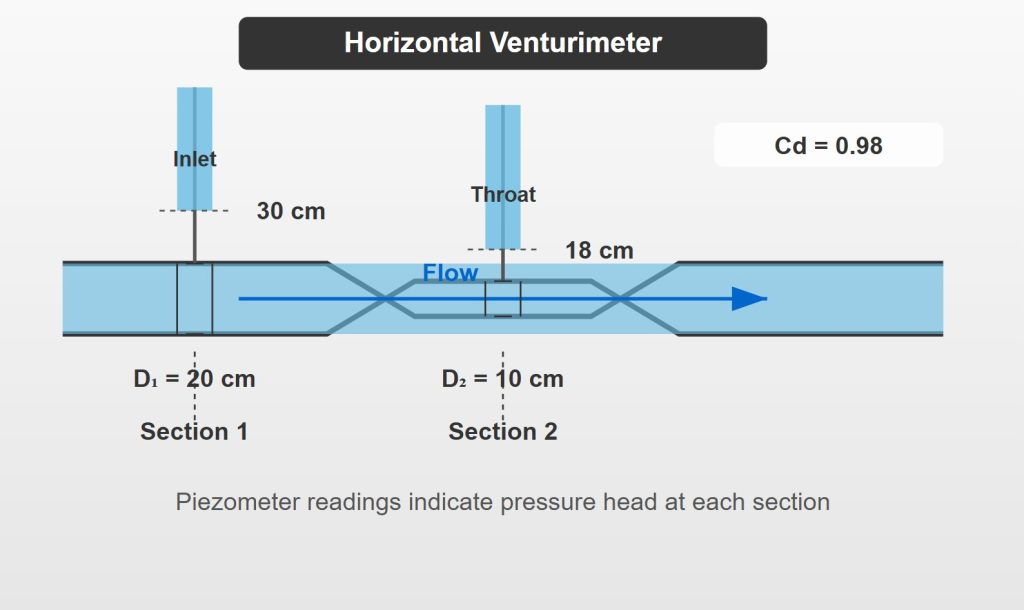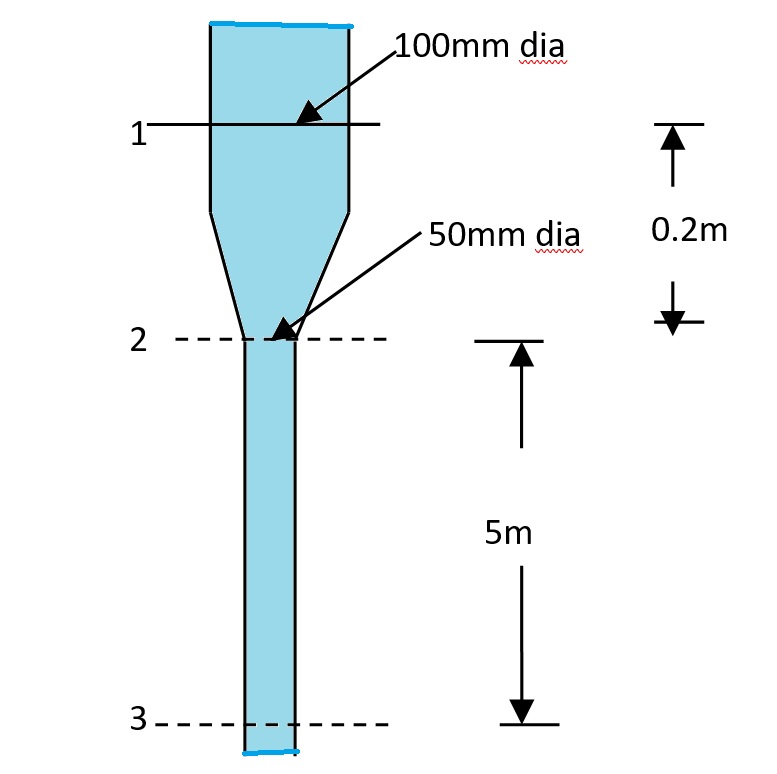A liquid compressed in a cylinder has a volume of 2000 cm³ at 2MN/m² and a volume of 1990 cm³ at 4MN/m². What is its bulk modulus of elasticity?
- Initial volume (V) = 2000 cm³
- Final volume (V₁) = 1990 cm³
- Initial pressure = 2 MN/m²
- Final pressure = 4 MN/m²
1. Calculate Change in Volume (ΔV)
2. Calculate Change in Pressure (ΔP)
3. Apply Bulk Modulus Formula
The bulk modulus of elasticity (K) is a measure of a substance’s resistance to uniform compression. It’s defined as the ratio of the change in pressure to the fractional change in volume, with a negative sign because as pressure increases, volume decreases.
In this problem, we first calculated the change in volume (ΔV) and pressure (ΔP). The negative value for ΔV indicates a decrease in volume as pressure increases, which is expected behavior for liquids under compression.
The final result of 400 MN/m² indicates that this liquid is relatively resistant to compression, as a higher bulk modulus means that a larger pressure change is needed to achieve a given relative change in volume.



